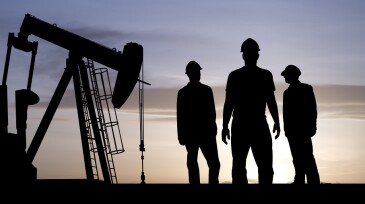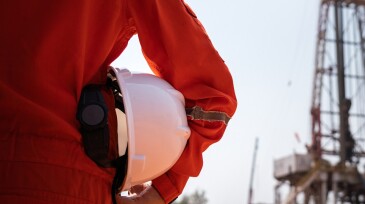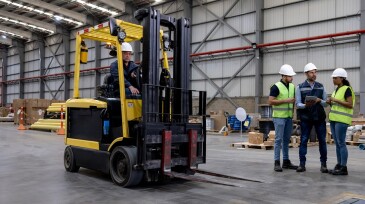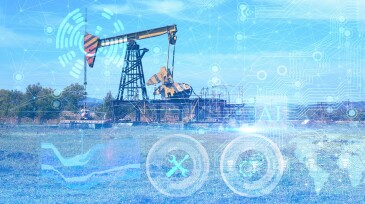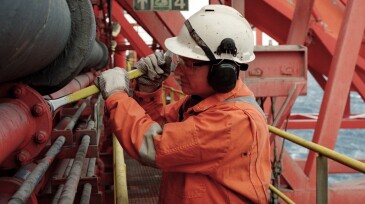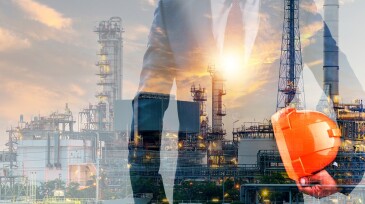safety
-
The free virtual meeting plans to highlight state-of-the-art knowledge on improving safety culture and human/organizational performance in the oil field.
-
This article describes how leadership involvement in office and site visits can support and sustain an outstanding safety culture and outlines added benefits of conducting office and site visits.
-
Distributed fiber-optic sensing data from distributed temperature sensing and distributed acoustic sensing can be used to monitor annuli liquid levels in production wells, further allowing calculation of leak rates and inference of leak path.
-
From January 2015 to July 2022, the Occupational Safety and Health Administration received reports of 2,101 severe injuries among oil and gas extraction workers. Contract workers in the service and drilling subindustries experienced disproportionately more work-related injuries compared with those in the operation subindustry.
-
Incorporating technology with items worn on the person, intelligent systems become a part of everyday personal protective equipment, enhancing safety without disrupting operations.
-
Edge computing is propelling computer vision into a new era, catalyzing the development of smart devices, intelligent systems, and immersive experiences.
-
Offshore oil and gas companies should expect continued scrutiny of their health and safety practices in 2024 despite a recent report suggesting that the industry has never been safer to work in, experts say.
-
As industries, including the oil and gas industry, strive to enhance worker safety, more advanced and protective modern head protection, safety helmets, are replacing traditional hard hats.
-
Oil and gas is one of the most hazardous industries to work in. It is also an industry undergoing a revolutionary digital transformation. With changes come challenges and new opportunities. This paper looks at the top digital safety trends that are taking place within the industry.
-
A Safety Leadership Academy planned by SPE, IOGP, and CEDEP aims to strengthen leadership and safety culture with the goal of changing the safety paradigm and making zero harm a reality.

